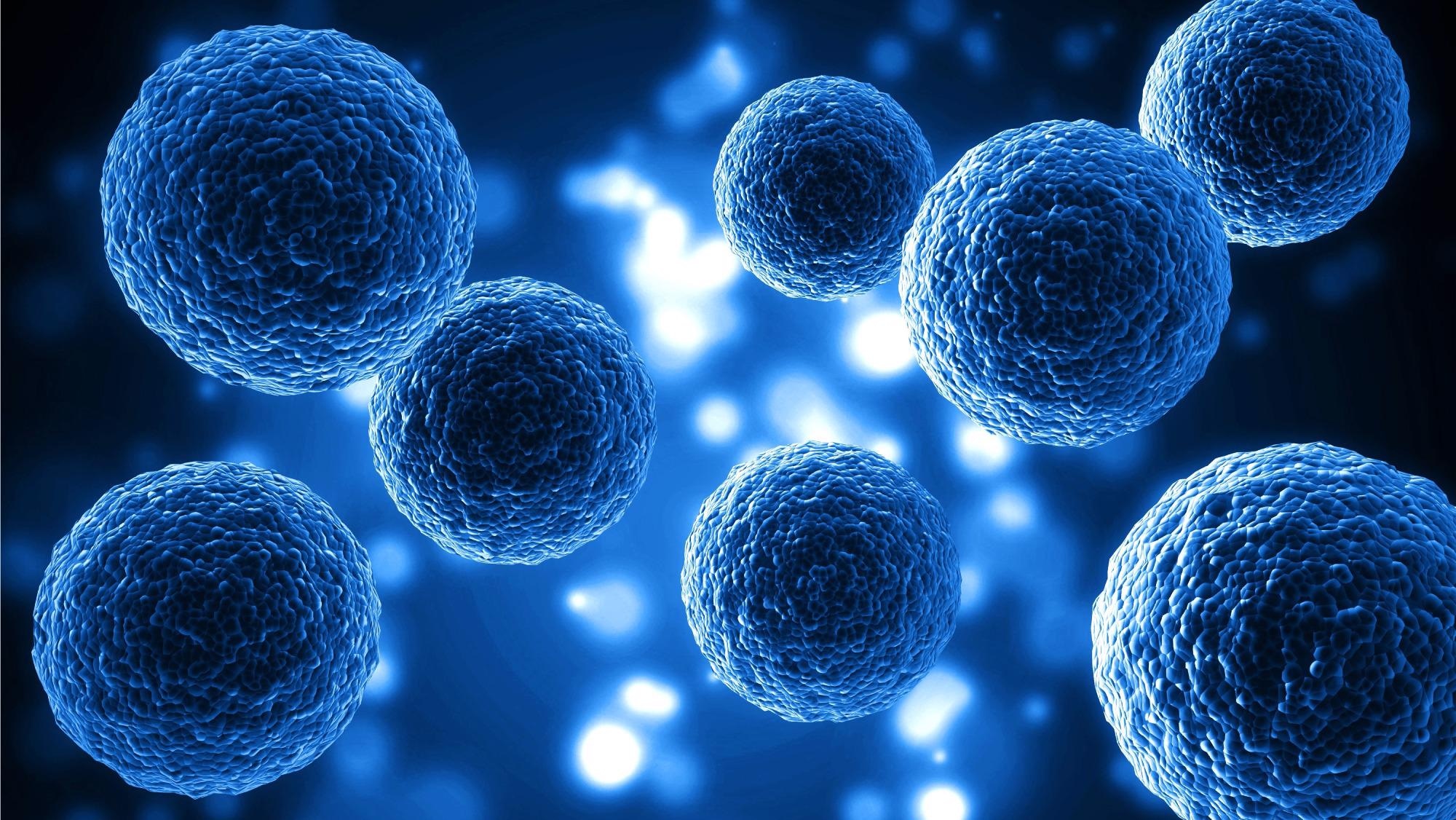A new mechanism has been discovered by American and Canadian scientists by which membrane vesicles are made.

Image Credit: Billion Photos/Shutterstock.com
These self-contained nanoparticles capture proteins, RNA and other molecules from outside or inside of living cells as nutrients or control the numbers of cell surface hormone receptors, such as those for insulin, to regulate the sensitivity of cells to hormones.
They also supply protein hormones to the surface of cells where they are discharged into the neighboring areas to act on cells at a distance. These processes are vital to the regular working of the human cells and dysfunctions are connected to several diseases, including heart disease, cancers and neuropsychiatric disorders. It is also the process by which nanoparticles encapsulating mRNA vaccines are transported up into cells.
In their research article that was published in the journal Proceedings of the National Academy of Sciences, the scientists found that endocytosis, the mechanism by which molecules are taken up into cells, starts with the development of a ‘biomolecular condensate’. Biomolecular condensates are a newly discovered ordering of proteins and RNA into liquid droplets, indicative of oil droplets in water.
In the preliminary stages of endocytosis, particular proteins unite at nucleation sites on the membrane of the cell, a bilayer structure of phospholipid molecules, similar to detergent molecules that develop the soap-bubble-like structure of cell membranes.
Within several seconds a condensate forms on the membrane’s surface, similar to dew on the surface of the glass. At a crucial moment, the cell membrane gives way and invaginates into the condensate, eventually being pinched off to develop a spherical vesicle. How the membrane gives way is a mystery, but the scientists believe that the endocytic condensate could be the answer.
To comprehend how endocytosis could be started by a biomolecular condensate, first author Louis-Philippe Bergeron-Sandoval of Université de Montréal articulated that membrane buckling could be a factor that influences the material properties of the condensate.
We thought that some combination of properties, including the adhesiveness of its surface, and viscousness and elasticity of the condensate, must generate a force on the membrane, causing it to buckle.
Louis-Philippe Bergeron-Sandoval, Study First Author, Université de Montréal
Working with partners, Allen Ehrlich and Adam Hendricks at McGill University, he used a technique referred to as optical trap microrheology to establish these viscoelastic properties of the endocytic condensate.
With this insight, Dr. Bergeron-Sandoval built a mathematical model to describe precisely how the endocytic condensate pushes the membrane to bend into the condensate to develop a nascent vesicle.
Our model can be thought of by a mechanical analogy. Imagine a flexible rubber membrane stuck to the surface of an expanding rubber balloon, filled with a viscoelastic liquid. As the balloon expands, its volume must remain constant, so the rubber membrane is sucked into the balloon, displacing the volume gained as the balloon expands.
Stephen Michnick, Study Lead Author and Biochemist, University of Montreal
Added co-lead author Rohit Pappu, a bioengineer at Washington University in St. Louis: “Prior to our first presentations of our model in 2017, those in the field of biomolecular condensates were focused on how these bodies concentrated proteins and RNA to perform specific functions. Our study demonstrates that an emergent property of biomolecular condensates is to act as ‘mechanoactive devices’, able to do work on other materials to shape and organize living cells."
More work is required to verify and extend the mechanoactive role of biomolecular condensates in other vesicle and membrane-bending processes that form the cell and move materials in and out. The proteins that compose the endocytic condensate are associated with others that are implicated in cancers and neurodegenerative diseases.
Mutations of these proteins alter the material properties of condensates that they shape, and it is believed that these alterations may be the source of disease. Efforts are currently ongoing to create drugs that stop or reverse these alterations.
Journal Reference:
Bergeron-Sandoval, L-P., et al. (2021) Endocytic proteins with prion-like domains form viscoelastic condensates that enable membrane remodeling. Proceedings of the National Academy of Sciences. doi.org/10.1073/pnas.2113789118.